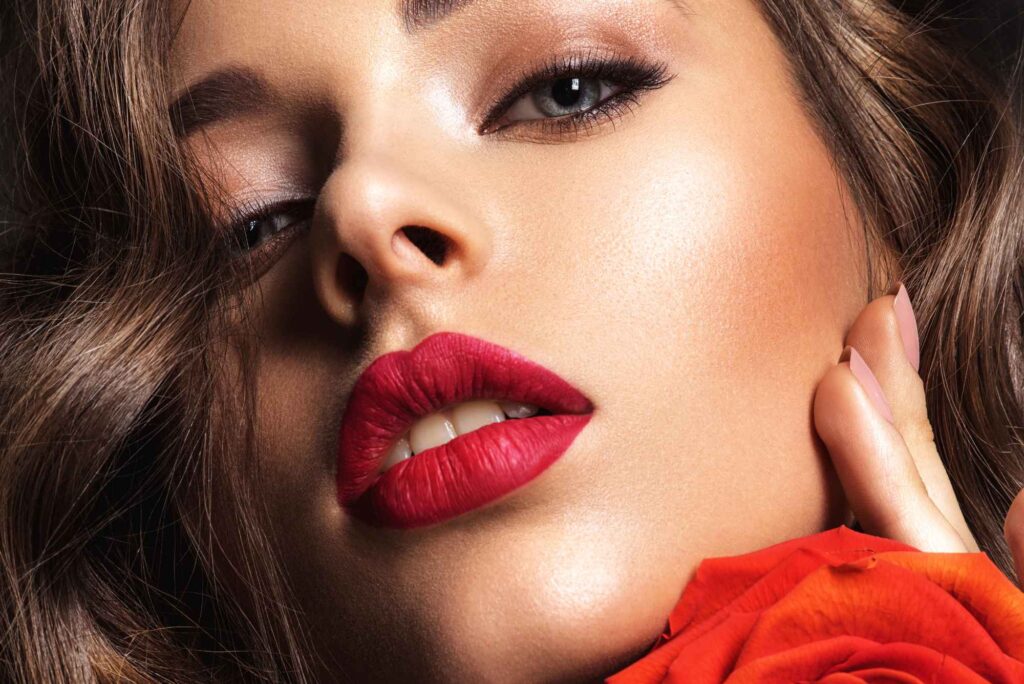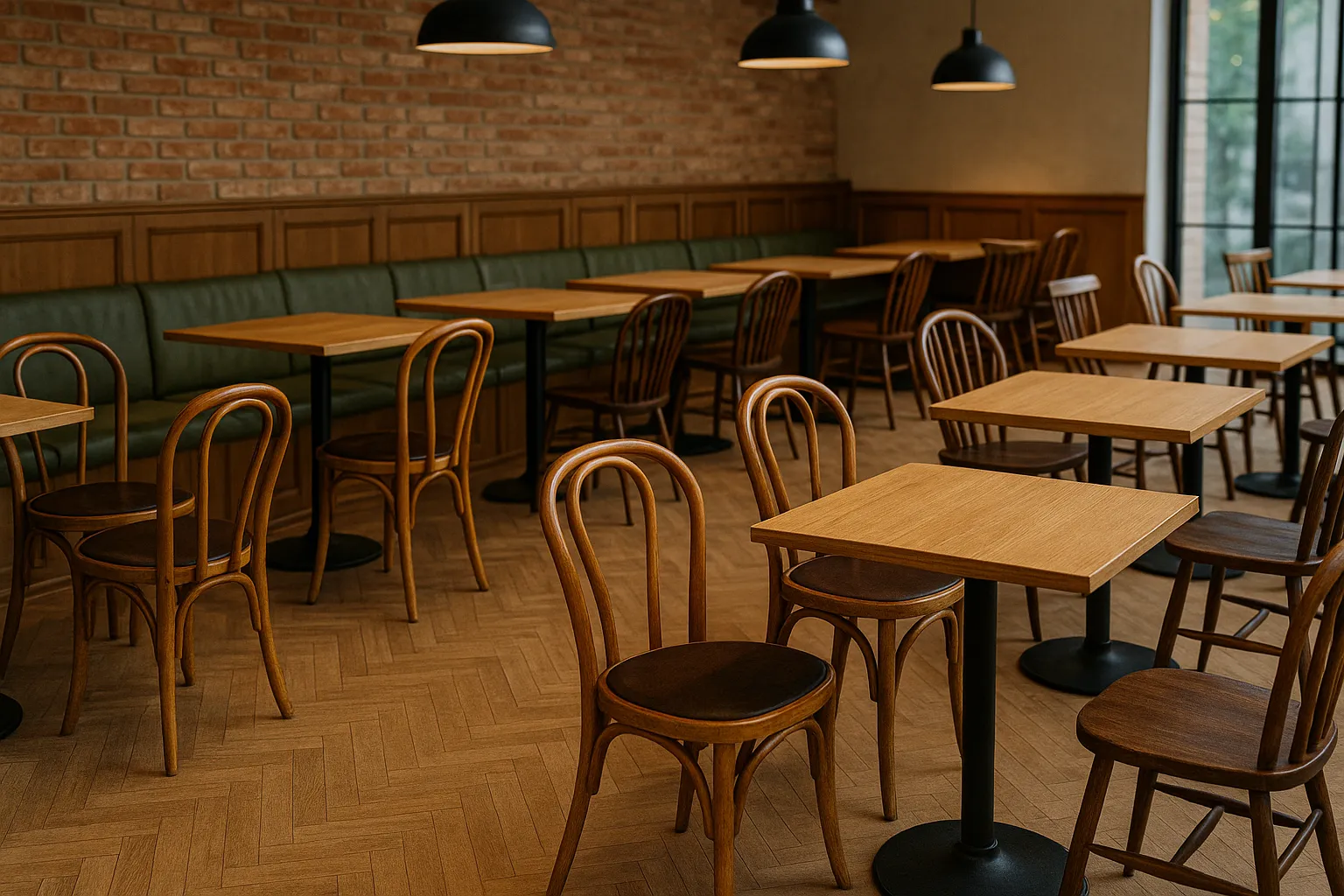Creating your red lipstick can be a fun and rewarding endeavor. Not only does it allow you to customize the shade to perfectly complement your skin tone, but it also gives you control over the ingredients, ensuring a product that is both safe and high-quality.
Gathering Ingredients and Supplies
Before you begin, gather all the necessary ingredients and supplies. You’ll need a base, pigment, binder, and optional additives. For the base, consider using beeswax or shea butter. Pigments can be sourced from natural sources like beetroot powder or synthetic options like cosmetic-grade mica. A binder such as coconut oil or almond oil will help hold everything together. Optional additives like vitamin E oil or essential oils can enhance the formula.

Mixing and Melting
Start by melting the base ingredients together in a double boiler or microwave. Once melted, add your chosen pigment gradually until you achieve the desired shade. Remember that the color may deepen as the mixture cools, so err on the lighter side. Stir in the binder and any optional additives, ensuring everything is well combined. Pour the mixture into lip balm tubes or small containers and allow it to cool and solidify.
Mixing and Melting are two fundamental processes used in various industries, including cosmetics, culinary arts, and manufacturing. Both processes play crucial roles, especially when creating products that require a smooth and uniform consistency, like homemade lipsticks, chocolates, or candles. Here’s a detailed explanation of these processes:
Mixing: The Process of Combining Ingredients
Mixing refers to the process of blending two or more ingredients together until they are uniformly distributed. In the case of creating cosmetics, like lipstick, or even food products, proper mixing ensures that all ingredients (pigments, waxes, oils, and other additives) are evenly combined, resulting in a balanced and effective product.
-
Tools Used for Mixing: Mixing can be done using tools like spatulas, whisks, or electric mixers depending on the material’s viscosity. In some cases, industrial-grade equipment like blenders or mechanical mixers are used for large-scale production.
-
Importance of Mixing: The process of mixing ensures consistency in texture, color, and performance. For example, when making red lipstick, if the color pigment isn’t mixed well with the base ingredients, the final product may have streaks or uneven coloration, impacting the product’s overall quality.
-
Factors Affecting Mixing: Viscosity, temperature, and the type of materials being blended can all influence how well and how long the materials need to be mixed. Some ingredients blend easily at room temperature, while others may require slight heating or specific blending techniques to achieve a smooth mixture.
Melting: The Process of Turning Solids into Liquids
Melting involves heating solid materials until they become liquid. This process is common in various production fields, such as cosmetics, confectionery, and metallurgy. In DIY or commercial lipstick production, melting is often used to liquefy ingredients like waxes and oils before mixing them with pigments.
-
Temperature Control in Melting: The temperature at which materials melt is important for preserving the integrity of the product. For example, in cosmetic production, ingredients like beeswax or cocoa butter melt at a specific temperature range (around 60°C to 65°C). Heating them too much can degrade their properties, while underheating may result in incomplete melting and a lumpy mixture.
-
Melting Techniques: Melting can be done through direct heating, such as using a double boiler (a common technique to avoid overheating). A double boiler allows for gentle, indirect heating to prevent scorching the ingredients or damaging their natural properties.
-
Uniformity in Melting: In lipstick making, ensuring that all ingredients are evenly melted is key to achieving a uniform texture. When all solid materials like waxes are melted, they can easily combine with liquid components, such as oils or essential fragrances, ensuring that the final product is smooth.
The Combined Role of Mixing and Melting
In many processes, melting and mixing often go hand-in-hand. For instance, when creating red lipstick, you first melt the solid ingredients, such as beeswax and shea butter. Once everything is melted, the pigment and oils are mixed into the liquefied base, creating a uniform, colored product. Without proper melting, the ingredients wouldn’t fully integrate, and without thorough mixing, the product would lack consistency in texture and color.
- Cooling After Melting and Mixing: Once the ingredients are fully melted and mixed, the product is usually poured into molds or containers and allowed to cool. As it cools, it solidifies into its final form, whether it’s a lipstick tube, candle, or other solid product. The cooling process is also critical, as rapid cooling can lead to cracking or uneven texture, while slow cooling ensures smoothness.
Testing and Adjusting
Once your lipstick has set, it’s time to test it out. Apply a small amount to your lips to assess the color and texture. If necessary, you can make adjustments by melting the lipstick again and adding more pigment or binder as needed. Don’t be afraid to experiment until you find the perfect formula for you.
Men’s Kurta Pajama with Blazer
For men seeking to make a statement with their traditional attire, the combination of a kurta pajama with a blazer offers a perfect blend of elegance and sophistication. This timeless ensemble effortlessly combines the rich cultural heritage of the Men’s Kurta Pajama with Blazer with the modern appeal of a well-tailored blazer, creating a look that is both refined and stylish. The kurta pajama, with its comfortable silhouette and intricate detailing, provides the perfect canvas for showcasing traditional craftsmanship.
Storing and Enjoying
Store your homemade lipstick in a cool, dry place away from direct sunlight to preserve its freshness. Use it as you would any other lipstick, enjoying the satisfaction of knowing that you created it yourself. Share your newfound skill with friends and family, or even consider selling your creations online or at local markets.
Making red lipstick at home is a creative and empowering process that allows you to express your unique style while avoiding the potentially harmful ingredients found in commercial products. With a few simple ingredients and some experimentation, you can create custom shades that are perfect for any occasion.

Sareena Ladies Salon
Sareena Ladies Salon is renowned for its impeccable service and dedication to enhancing the natural beauty of every client who walks through its doors. From luxurious hair treatments to indulgent spa services, Sareena offers a comprehensive range of treatments designed to rejuvenate both body and mind. With a team of highly skilled professionals trained in the latest techniques and trends, Sareena Ladies Salon ensures that each client receives personalized attention and care. Whether you’re looking for a simple haircut or a complete makeover, you can trust Sareena to deliver results that exceed your expectations.






